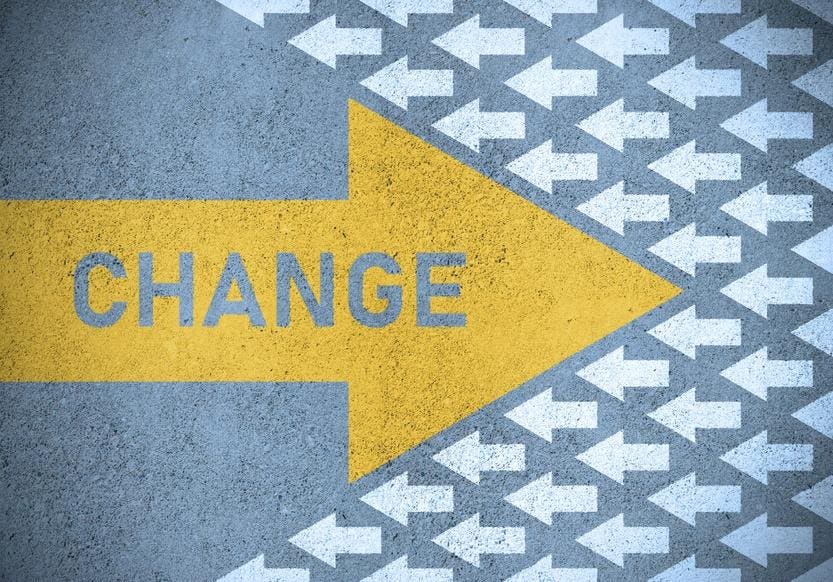Albert Einstein famously said, “The definition of insanity is doing the same thing over and over and expecting different results.” I was reminded of it last week when Verizon moved its account from McCann.
In the last two decades alone Verizon has hired the Bozell agency, replaced it with Lowe, then Lintas, next it hired Draft, then McCann, before it dumped McCann for McGarry Bowen (Now Dentsu), hired McCann again, and Wieden+Kennedy, and now Ogilvy. This volatility is not unique to Verizon, of course. Agency hopping was once an exception that was frowned upon. It is now the common, and most client/agency relationships don’t last more than 2 or 3 years.
This hyper turnover is the main reason for the decline of agencies. It’s tough to point to breakthrough campaigns now, or agencies with strong momentum.
The root of this out-of-control state of affairs is the pitch. The pitch, as practiced now by consultants, or in-house, is outdated and very flawed. It takes months of disruption for the client’s business, and it is costly for clients and agencies. It is an artificial and random process that does not remotely resemble the true real-life interaction between client and agency.
The pitch, in and of itself, fails, mainly because it is actually just a beauty contest to pick one campaign, and not the best agency partner overall. In fact, there’s a good chance that the winners of the pitch are often agencies that are good at pitching and are not necessarily good agencies.
Furthermore, you don’t know who actually did the work. Some agencies are so lean today that they reach out to hired guns, freelancers, in order to create the work, while, in the meantime, pretending to the client that their staff did it. Ironically, as well, the final proof of just how phony the pitch is, is that almost all of the creative work that “won” the pitch never does see the light of day.
There is a better way. In my view, an agency’s approach to hiring and retention of top talent is the single most important factor to in a pitch, not a random campaign. This requires serious expertise of agencies because the advertising industry has a devastating talent crisis and top-notch talent is scarce. Agencies have a huge talent retention problem, because poaching by other agencies along with the growing competition set forth by the consultancies, tech companies and the in-house agencies. This all has diluted the talent pool.
The single biggest constraint on the success of any agency is the ability to get and to hang on to enough of the right people. That is their competitive edge and, it’s what clients should seek when hiring an agency. Steve Jobs summed up talent’s importance with this advice: “Go after the cream of the cream. A small team of A+ players can run circles around a giant team of B and C players.”
Our experience from advising clients on agency selection is, that culture is the most important thing that sets an agency’s hiring practices apart from competitors. Culture is a tough nut to crack since it isn’t about what an agency does; it’s about what they are. An agency might not be able to offer the same salaries as Accenture or Google, but they can offer a better culture.
And the scarcer top talent becomes, the more agencies that aren’t on their game will find their best people cherry-picked by agencies that are. In the future, this will be even more likely, since millennials are far less loyal to their employers than their parents were.
This is where agencies need to set themselves apart with smart branding. The best people desire to work within an agency that has a defined and distinctive brand. They want to work for these agencies because they stand out and are recognizable by their peers. But few agencies are differentiated meaningfully in a way that helps them win the war for talent.
Even in the age of technology and AI, Madison Avenue is a people business. As David Ogilvy once said, “An agency’s assets go down the elevator every night.” Talent now matters more than ever.
Read the full article here










